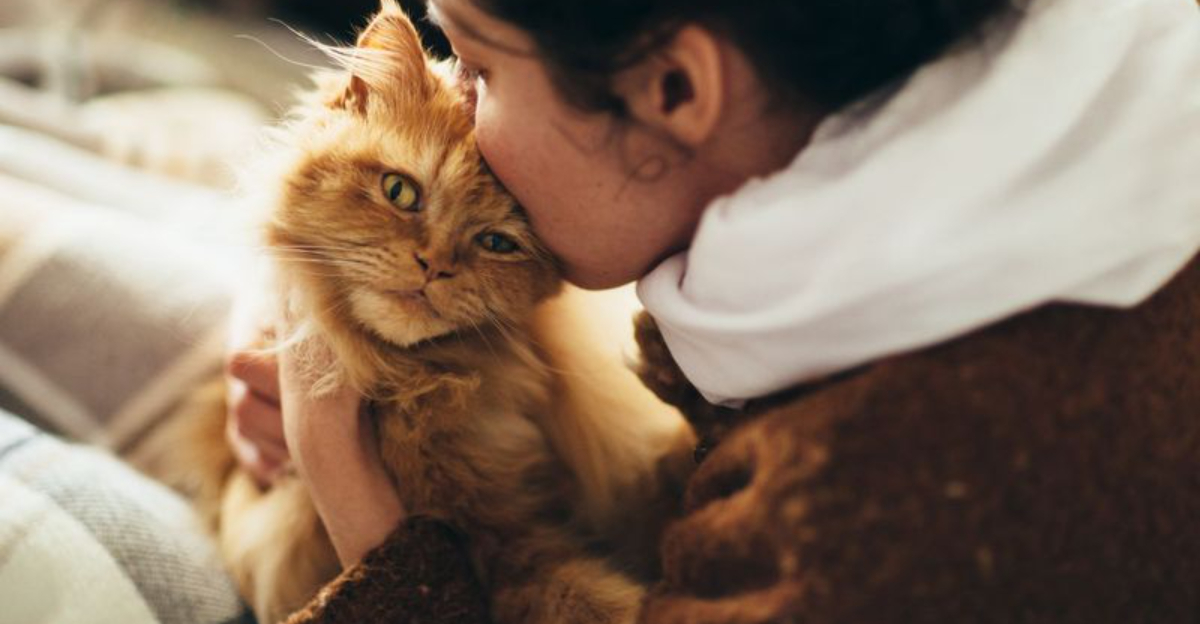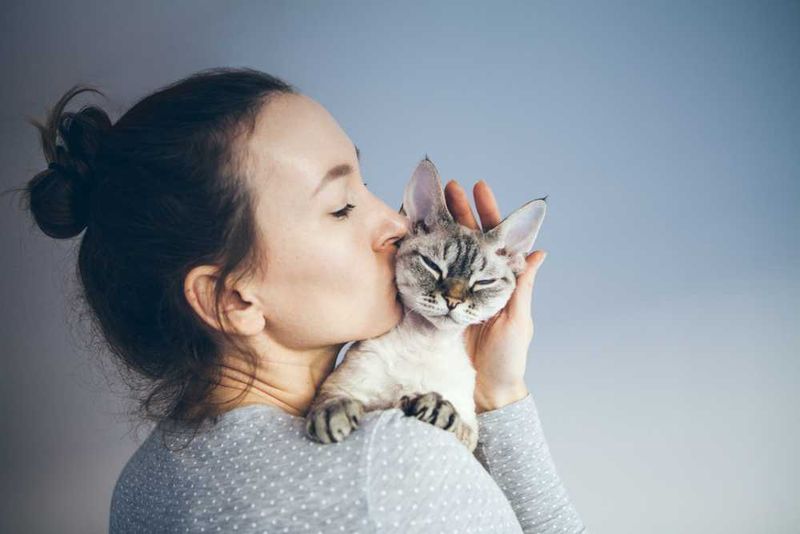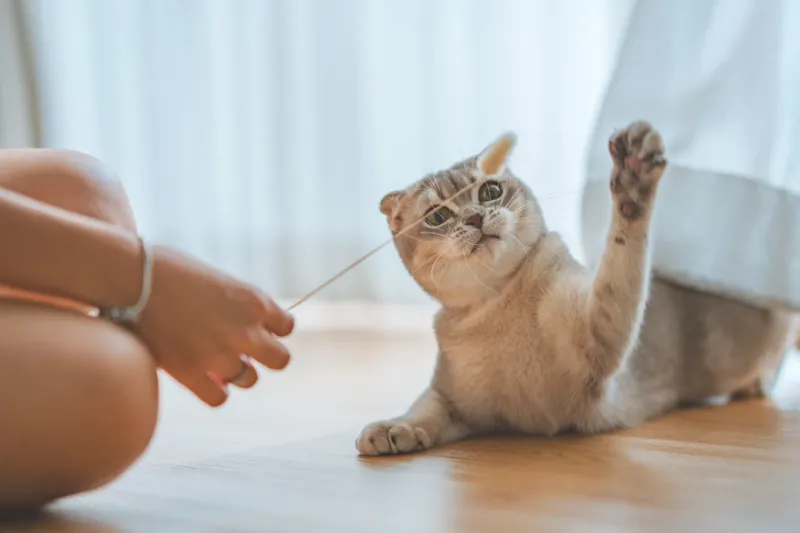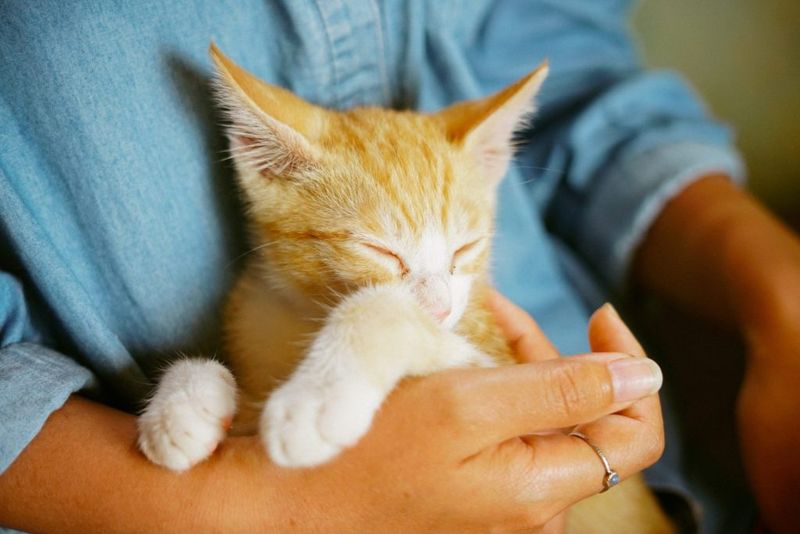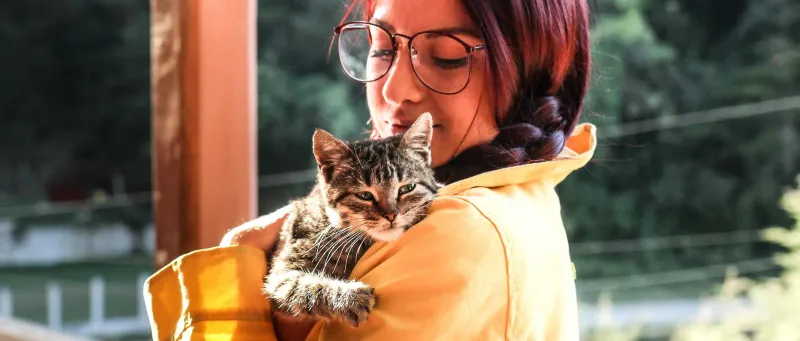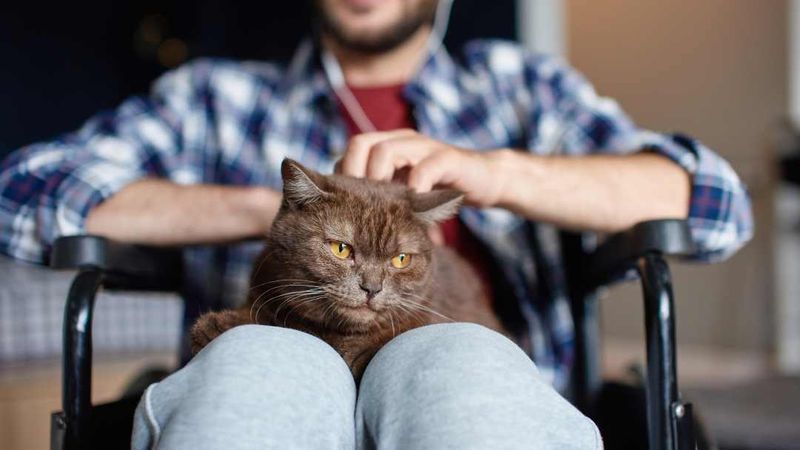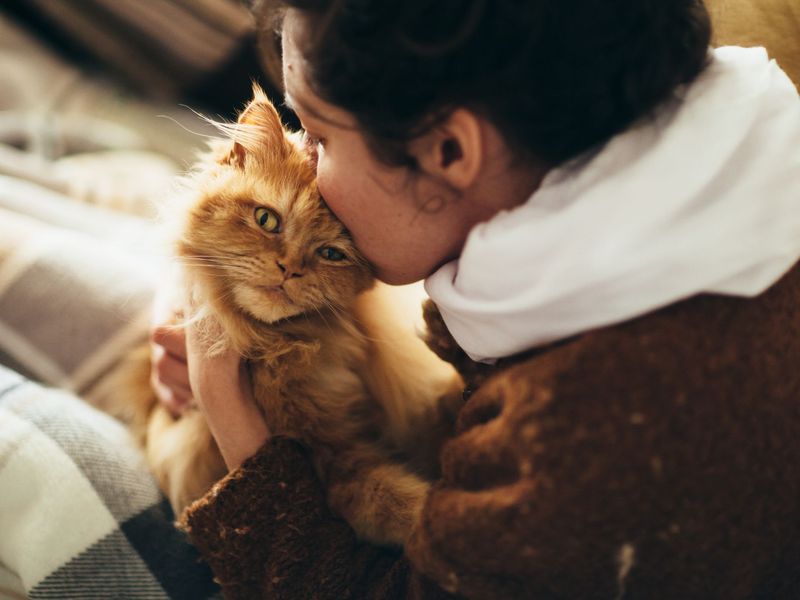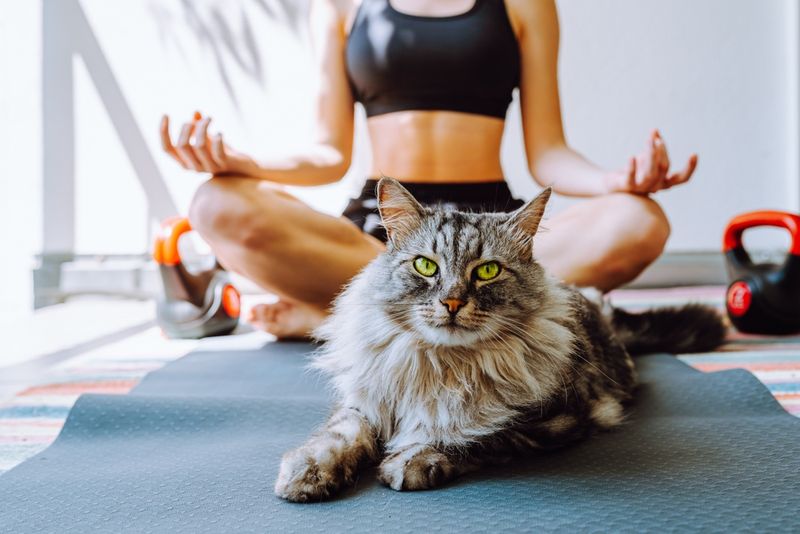📖 Table of Content:
Depression is a complex and deeply personal experience that can affect every aspect of a person’s life. From persistent sadness and fatigue to feelings of worthlessness and disconnection, the weight of depressive episodes can be overwhelming. While therapy, medication, and lifestyle changes are often essential parts of treatment, many individuals are turning to emotional support animals (ESAs) as a complementary source of comfort and stability.
Among all ESAs, cats have a special, quiet magic. Known for their calming presence, independence, and intuitive nature, cats offer emotional support in ways that are subtle yet profoundly impactful. Their ability to sense shifts in mood and provide silent companionship makes them especially suited to those navigating the emotional highs and lows of depression. Unlike dogs, who may demand more attention and energy, cats often provide comfort in a more low-maintenance, soothing way.
For individuals battling depressive episodes, ESA cats can become lifelines of emotional connection. They not only provide affection but also help foster structure, encourage mindfulness, and offer a sense of stability during mental health struggles. In the sections below, we’ll explore seven specific ways ESA cats can help ease depressive symptoms and bring light into dark moments.
1. Unconditional Companionship
Loneliness can deepen the grip of depression, but ESA cats offer a comforting presence that makes solitude less isolating. Without saying a word, they provide emotional security and warmth through simply being nearby. Unlike human interactions that may feel draining or difficult, the bond with a cat is effortless and soothing. Their presence reassures you that you’re not alone, even on the darkest days. Studies have shown that interaction with pets can trigger oxytocin release, enhancing mood and emotional connection. It’s not about grand gestures—just having a soft, living creature by your side can be incredibly healing. Many people find solace in knowing that their cat accepts them exactly as they are. In a world that often demands change or perfection, a cat’s unconditional love is a gentle reminder that you’re enough.
2. Routine and Responsibility
Caring for a cat introduces gentle structure to otherwise unstructured days. Feeding them on schedule, cleaning their litter box, and maintaining their routine instills a sense of purpose. When depression robs you of motivation, even small tasks can feel impossible—but a cat’s needs provide reason to get out of bed. This sense of responsibility fosters accountability, without the overwhelming expectations of human relationships. Establishing consistent routines has been linked to improved mental health, and cats naturally encourage this. They depend on you, and that mutual trust builds a steady rhythm into your life. Some people even find that this dependable caregiving role restores confidence and self-worth. Over time, the simple act of showing up for your cat becomes an act of showing up for yourself.
3. Calming Physical Contact
Touch is a powerful emotional regulator, and petting a cat can work wonders in lowering stress. The softness of their fur and the rhythmic act of stroking them engage your senses in calming ways. Notably, physical interaction with animals can reduce levels of cortisol and increase serotonin and dopamine—neurochemicals that improve mood. During depressive episodes, when the world feels sharp and overstimulating, this tactile comfort offers a safe emotional refuge. Cats often curl up next to their humans, providing warmth and pressure that mimics the effects of weighted blankets. These moments of quiet connection can anchor you in your body and slow the mind. For many, the physical bond between human and cat becomes an unspoken form of therapy. It’s not dramatic, but it’s deeply effective.
4. Distraction From Negative Thoughts
Intrusive thoughts are common in depression, and breaking that loop is critical for healing. Cats, with their unpredictable antics and curious nature, offer a welcome mental diversion. One moment they’re chasing invisible enemies across the floor; the next, they’re perched regally like royalty. This spontaneous behavior draws attention outward, gently shifting focus from internal distress to external observation. Laughter or even a faint smile during these interactions can be incredibly cathartic. It’s not just entertainment—it’s a break from rumination. Their playfulness sparks little moments of joy that pierce through the fog. In these brief interruptions, emotional breathing room is found.
5. Reduced Anxiety Through Presence
Anxiety often walks hand in hand with depression, and ESA cats have an almost meditative presence. Their slow movements, silent gazes, and calm demeanor can regulate nervous energy. Scientific research has noted that a cat’s purr vibrates at frequencies that promote healing and reduce stress. Instead of speaking, they communicate through subtle cues, which naturally encourage a slower pace and deeper breath. When your thoughts are racing, watching a cat nap or stretch can create an almost hypnotic calm. Their grounded energy becomes a model for emotional regulation. Over time, this soothing presence becomes a buffer against anxiety spikes. The more you attune to their tranquility, the more it influences your own.
6. Nonverbal Emotional Connection
Emotional support doesn’t always require words—ESA cats are masters of silent understanding. They often intuit when their humans are in distress and will quietly settle nearby without intrusion. That kind of nonverbal validation can feel more meaningful than any spoken reassurance. When you can’t explain what you’re feeling, a cat doesn’t need you to. They simply stay, and that presence says, “I’m here.” Many people living with depression report feeling seen by their cats in a way that’s hard to describe. These nonverbal bonds bypass logic and go straight to the heart. In moments when language fails, a cat’s quiet companionship speaks volumes.
7. Encouragement to Stay Present
Depression often pulls people into past regrets or future fears, making the present feel unbearable. ESA cats, by nature, live in the now—and they invite you to join them there. Whether it’s a cat sunbathing, chasing a toy, or grooming themselves, their focus is always rooted in the moment. This mindfulness is contagious. Observing or engaging with a cat can gently pull your awareness back to your surroundings. Over time, this encourages the development of present-moment thinking, which is central to many therapeutic practices. Even during depressive episodes, small moments of presence can create a sense of peace. In this way, your cat becomes both emotional support and mindfulness coach.
